 UN IRMCT
UN IRMCT
For
World Day for Audiovisual Heritage, we created a Q&A to answer the most common questions about
audiovisual records held in the Archives of the ICTR, ICTY and the IRMCT.
Scroll down to read more:
A: Audiovisual preservation is the active and continuous management of recordings to ensure that they continue to be accessible and usable for as long as they are required. It includes maintaining them in formats that can be played on common platforms and on up-to-date media, and inspecting them regularly to ensure they are still usable and accessible. While the preservation of older media and formats - such as VHS tapes, audio cassettes and CDs - is sometimes important, they are all now obsolete.
Audiovisual preservation is important because it lessens the risk of records becoming inaccessible or unusable due to physical degradation of storage media, corruption of digital files, obsolescence of file formats, or lack of compatible playback equipment.
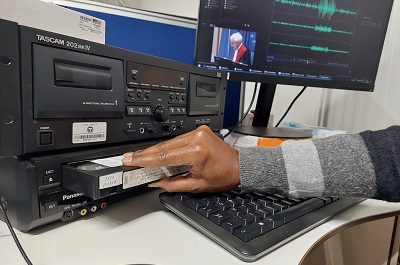
A: Most of the audiovisual records in the archives are recordings of courtroom proceedings, including witness testimony, and other judicial case records such as audio and video exhibits (evidence). Other records include documentary films made by the ICTR, the ICTY and the Mechanism, and recordings of activities and events such as, press briefings, conferences and seminars, visits by dignitaries and oral history interviews.
Although the ICTR and the ICTY made hundreds of thousands of recordings, they used only a few different formats. In the early years, recordings were made on VHS and audio cassettes. Later, this was expanded to include D9 and DVCAM tapes, as well as CDs and DVDs.
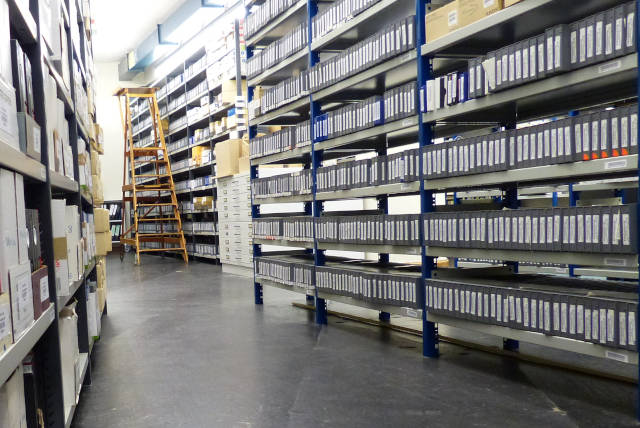
A: Mechanism offices and parties to Mechanism cases regularly use the audiovisual records to conduct research, to assist with ongoing proceedings, or to communicate with the public. A wide range of other people and organisations also use them in domestic legal proceedings, academic research and film-making.
Audiovisual records are unique in that they are time-based. Voice, sound and moving images are assembled over time and communicate to us through our visual and auditory senses. Audiovisual recordings provide a first-hand account of court proceedings and capture nuances like facial expressions and changes in voice intonation that are not evident in transcripts. Viewers can see and listen to testimony delivered by witnesses in their own voices. Most importantly, for the people of Rwanda and the countries of the former Yugoslavia, the recordings offer a full account of courtroom proceedings in their own languages.
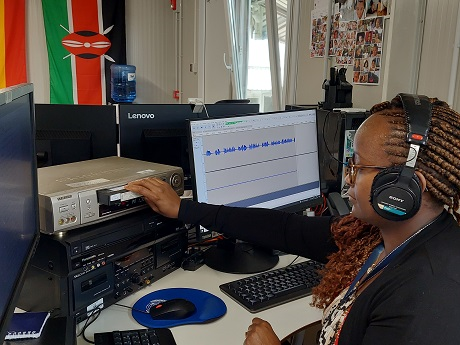
A: Digitization is the first step in the preservation process. Over 90% of recordings have already been digitized but there are still several thousand analogue tapes and cassettes to be processed. In addition, there are recordings which are already digital but which are stored on tapes and optical discs, and need to be migrated from these obsolete media into a file-based preservation system.
Preserving audiovisual materials is complex. Beyond just understanding formats, it is important to consider file structure, wrappers (containers), codecs, colour, bit depth, frames, and timecodes. Preserving associated metadata and documenting preservation actions is also essential to long-term preservation and access.
Once digitized, the recordings are ingested into the digital preservation system where the condition of the digital files is actively monitored and preservation actions, such as repairing corrupted files and migrating to newer technologies, are taken as required to ensure their survival.
Tapes and discs are kept in climate-controlled, secured environments to ensure their contents are accessible for as long as possible.
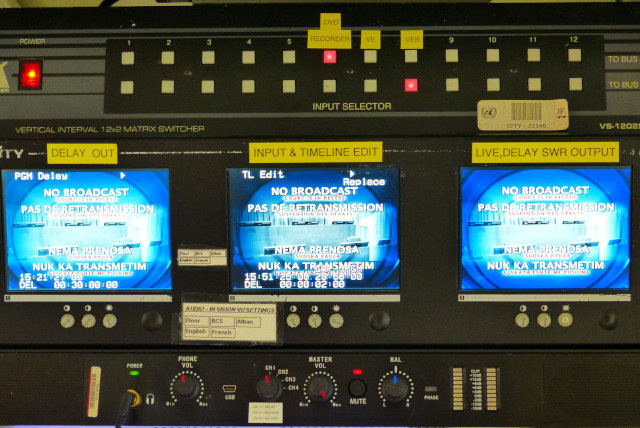
A: There are many challenges. Some of the biggest are the number of recordings to be preserved, the range of languages recorded, and the technical expertise required to preserve the recordings and make them accessible.
There are more than 150,000 tapes and discs and 500,000 digital files, amounting to over 50 years of recorded history. The work necessary to preserve and provide access to the recordings is highly-specialized, labour-intensive and time-consuming – in short, expensive. A particular challenge is attracting staff who have both the language skills and the technical expertise that we need. At the moment, we are lucky to have dedicated teams in both branches who are working on courtroom recordings, carrying out digitization and other preservation activities, and creating public versions by ensuring that redactions and witness protection measures have been correctly applied.
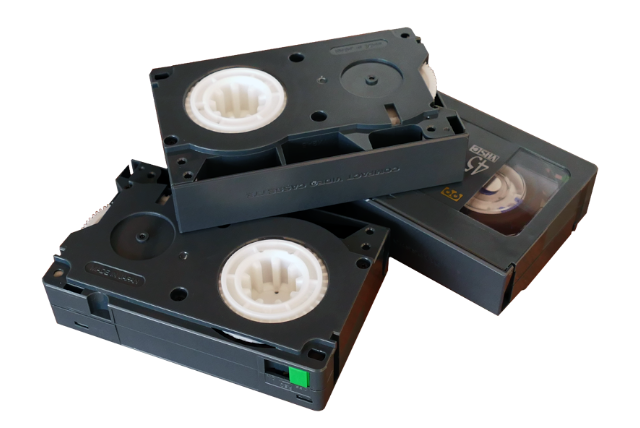
A: Many public judicial recordings from proceedings before the ICTR, the ICTY and the Mechanism are already available online through the Unified Court Records (UCR) database. The courtroom recordings can be streamed online or they can be downloaded.
Audiovisual records that are not in this database can be requested using our Enquiry Form.
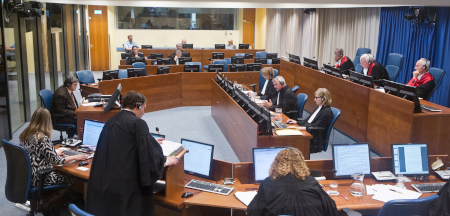
Learn more:
UNESCO - World Day for Audiovisual Heritage
CCAAA - 2022 World Day for Audiovisual Heritage